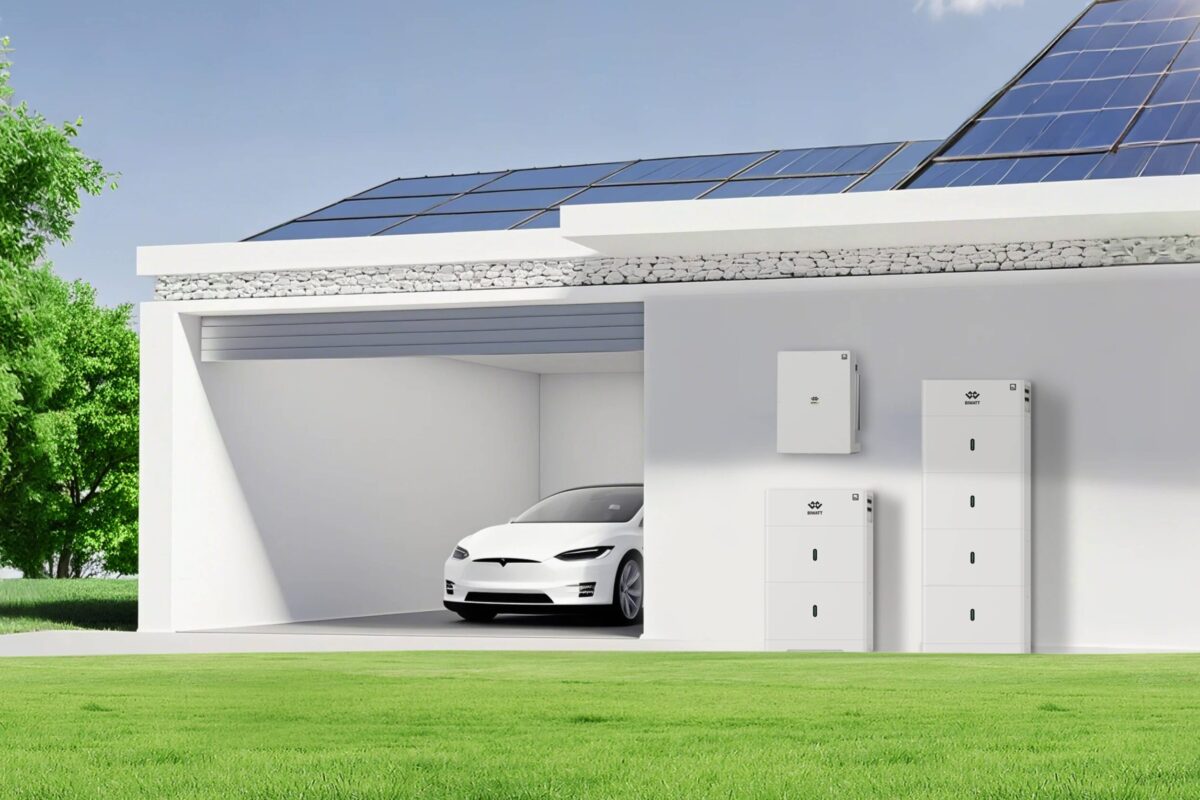With its latest release, DAH is introducing a module with built in microinverter – which markets are you targeting with this product?
With our full-screen PV module we target rooftop and balcony projects in the residential and commercial segments. And the key regions are Europe and Latin America. We also have sales in China. In terms of sales, we are split roughly 40% Europe, 40% Latin America and 20% China.
Our modules leave the factory already integrated with microinverters, which makes them a very good fit for smaller projects, such as balcony modules that we see more of, particularly in Europe. With no need for an additional inverter, we offer a ‘plug and play’ device, that users can connect very simply to their home circuits and generate power for their own consumption.
The system we supply features one microinverter for every two or three modules. This setup offers advantages in low-light performance and also makes a good fit for larger rooftops, allowing for modules to be installed across multiple pitches and orientations without limiting each other’s performance. This means systems can achieve better rooftop coverage and generation throughout the day.
What other advantages do you see with this AC module design?
Our module and microinverter are designed for each other and supplied preassembled as a single unit, while other AC module systems require assembly, and rely on modules and microinverters from different brands that may not be ideally suited to each other. Our solar unit achieves 97.55% maximum system efficiency, a leading figure in the industry.
It is also a very safe system, with an energy control unit that allows for module-level monitoring and rapid shutdown. Overall, our integrated system achieves a higher return on investment: the system can generate more electricity, and labor and installation costs are significantly reduced.
The full-screen module design also promises to cut down on cleaning costs – what can you tell us about this?
Our unique front frame design, with no raised edge, allows water to freely run off the module. So there is no water left on the module surface and no build up of dust around the edge of the frame. Dust accumulated on the module surface is easily washed away as soon it rains. We have data from installations in the field that shows an energy yield increase of 6-15% thanks to this feature, and it also helps reduce costs associated with cleaning the modules every so often.
The frame design adds around CNY 0.03-0.05 ($0.0043-0.0072) to the module cost per watt, so very well worth it for this level of energy yield increase.
What type of cell does this module use?
Previously we have worked with PERC cells, and now we are completing the upgrade of our 5.5 GW production capacity to work with TOPCon.
We cut the cells into three pieces, this keeps the current low. And this also works well with the microinverter to keep currents low in the whole system, minimizing the temperature increase and related power loss.
How does the cost compare with a traditional module + inverter system?
It’s a little bit more expensive, but much of that can be offset by easier and quicker installation time. For systems up to five kilowatts, the cost is about the same. As systems get larger, the added cost for the microinverter starts to show. However, the accompanying increase in energy yield means we can still be competitive with some larger, commercial-sized installations. And this is why we target the rooftop markets, because we can offer a clear advantage to customers here.
This content is protected by copyright and may not be reused. If you want to cooperate with us and would like to reuse some of our content, please contact: editors@pv-magazine.com.




By submitting this form you agree to pv magazine using your data for the purposes of publishing your comment.
Your personal data will only be disclosed or otherwise transmitted to third parties for the purposes of spam filtering or if this is necessary for technical maintenance of the website. Any other transfer to third parties will not take place unless this is justified on the basis of applicable data protection regulations or if pv magazine is legally obliged to do so.
You may revoke this consent at any time with effect for the future, in which case your personal data will be deleted immediately. Otherwise, your data will be deleted if pv magazine has processed your request or the purpose of data storage is fulfilled.
Further information on data privacy can be found in our Data Protection Policy.